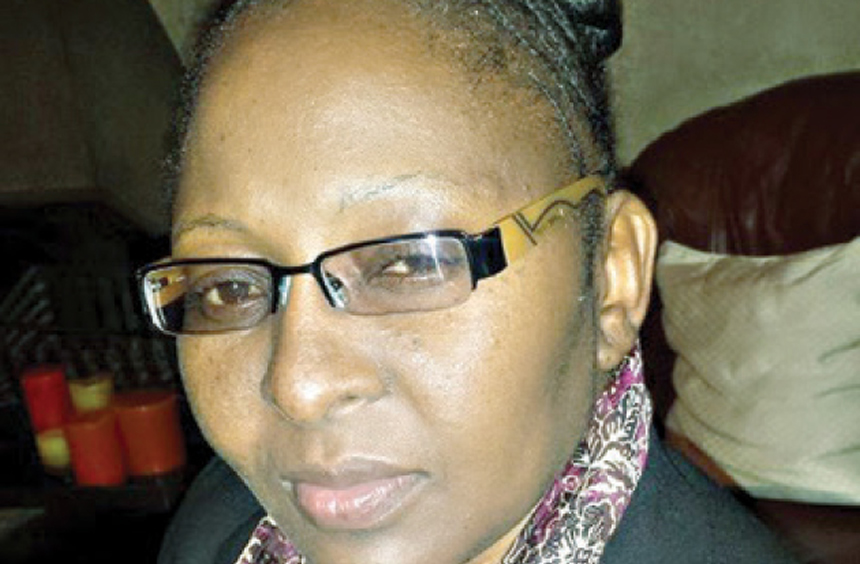
The Sunday News

Vusumuzi Dube, Municipal Reporter
WATER rationing, which has been in place in Bulawayo for more than 33 years, will remain in place this year despite the heavy rains that has seen most of the city’s supply dams getting record inflows.
Five of the city’s six dams supply dams are already spilling except for Inyankuni which is also nearing full capacity.
Water rationing has been in place since 1984 in the country’s second largest city. Responding to written questions, the local authority’s spokesperson, Mrs Nesisa Mpofu, said until a council resolution to the contrary, water rationing will remain in place.
“Water rationing in Bulawayo has been in place since 1984, and is reviewed by council as it deems fit depending on the inflows received. Councillors only meet to either review upwards or downwards the rationing levels but for now the status quo remains, we shall wait for the full council meeting for the month of April,” said Mrs Mpofu.
According to the existing water rationing schedule, residents staying in the high density suburbs are entitled to 500 litres per day per household. Those staying in the low density suburbs are entitled to 750 litres per day. All residential flats with bulk meters are entitled to 60 percent of average water usage for the past six months while flats with meters are entitled to 350 litres a day. The penalty for breaching these allocations is $1,50 per litre. In the rationing scheme, residents are further not allowed to abuse water by using hosepipes to water their gardens or use council water for any construction purposes.
Speaking after a tour of the city’s dams by councillors, council officials and journalists recently, the local authority’s Director of Engineering Services, Engineer Simela Dube said while the city had every reason to smile with the current dam levels their main challenge now was the obsolete piping system which needed urgent replacing.
“The truth is some of our pipes were laid as far back as the 1940s this naturally showing that they are due for replacement.
This is our current challenge, where we are saying; yes we have the water but our pipes are obsolete and they need to be replaced or else we might have a crisis when these old pipes start bursting. However, as the local authority we have in place a number of rehabilitation exercises that we are working on that will see us gradually replace these old pipes,” said Eng Dube.
Council spokesperson, Mrs Mpofu also concurred with Dube, revealing that the city was working on the Bulawayo Water and Sewerage Services Improvement Project which was focused on the rehabilitation of the piping system among other key goals.
“The age of the pipes range from 10 years to almost over 40 years. The age or life span depends on the pipe material. Steel pipes last longer and most of these are the oldest in the city. PVC, GRP and AC as well have different life span ranging from 15 to 20 years,” said Mrs Mpofu.
According to the latest statistics, the city’s supply dams are sitting at 97,99 percent. Inyankuni Dam is the only supply dam which is not spilling but is pegged at a comfortable 86,77 percent full while the other five are pegged above 100 percent capacity and are spilling. The city has even the luxury of not pumping from Mtshabezi Dam as the other dams are enough to meet the city’s demands. Bulawayo has been facing water crisis for many years resulting in various initiatives to deal with the problem.



